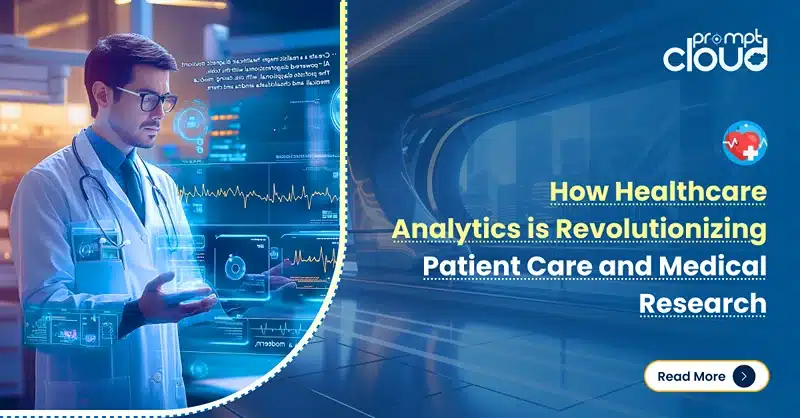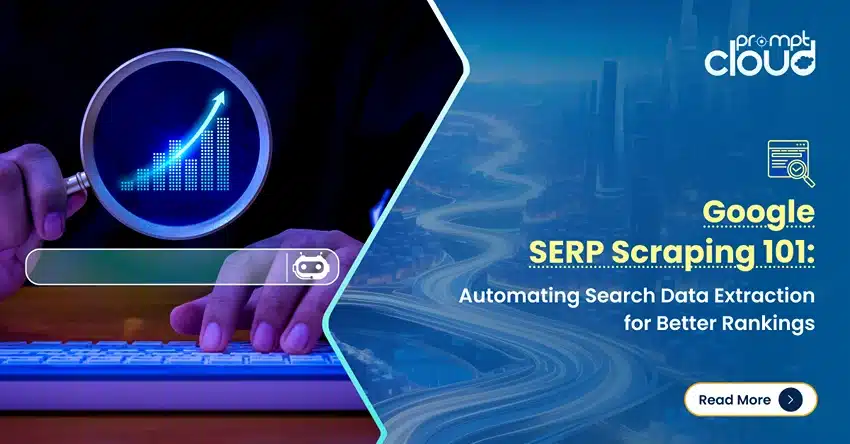
The insurance industry, traditionally built on risk assessment and actuarial calculations, is undergoing a seismic transformation driven by AI and data scraping technologies. In a world overflowing with data from online platforms, social media, IoT devices, and third-party datasets, insurers are leveraging insurance data to refine risk models, enhance customer experience, and improve profitability.
This article delves into how predictive analytics—powered by AI and enriched by data scraping—are revolutionizing the insurance sector, helping insurers anticipate risks, streamline claims processing, and create tailored insurance products for modern customers.
The Role of Predictive Analytics in Modern Insurance
Predictive analytics uses historical and real-time insurance data to forecast risks, optimize underwriting, detect fraud, and enhance customer satisfaction. By analyzing patterns in vast datasets, insurers gain actionable insights for smarter decision-making.
One key benefit is accurate risk assessment, where data from customer demographics, claim histories, and IoT devices refine pricing models and prevent over- or under-insurance. Additionally, fraud detection becomes more efficient as AI-powered tools identify anomalies and flag suspicious claims early, reducing financial losses.
Predictive analytics also enhances customer personalization by analyzing behavioral patterns to create tailored insurance plans, improving satisfaction and loyalty.
In short, predictive analytics transforms raw insurance data into valuable insights, helping insurers reduce risks, streamline operations, and stay competitive in a dynamic market.
How AI Powers Predictive Analytics in Insurance?
AI acts as the backbone of modern predictive analytics models, enabling insurers to process vast amounts of data efficiently. Here’s how AI contributes:
1. Enhanced Risk Assessment
AI algorithms analyze insurance data from diverse sources—social media, IoT devices, and demographic databases—to offer granular risk profiles. This empowers insurers to price policies more accurately and reduce uncertainty.
2. Fraud Detection and Prevention
Insurance fraud costs the global economy billions annually. AI-driven systems can identify patterns and anomalies in claims data, flagging suspicious activities in real time.
3. Personalized Insurance Plans
With data-driven insights, insurers can design customized insurance policies aligned with individual customer needs, creating better customer retention rates.
4. Claims Processing Automation
AI reduces human intervention in claims handling, speeding up the resolution process and minimizing errors.
How Insurance Data Scraping Powers Predictive Analytics?
While AI serves as the analytical engine, data scraping ensures that insurers have access to relevant and up-to-date datasets. Here’s how data scraping supports predictive analytics in insurance:
1. Real-Time Data Collection
Data scraping tools extract live data from social media, customer reviews, and other public platforms to provide insurers with insights into customer behavior, emerging risks, and market trends.
2. Competitor Benchmarking
Insurers can monitor competitor pricing models, product launches, and market positioning by scraping publicly available data.
3. Enriching Existing Datasets
Scraped data acts as an additional layer of intelligence when combined with internal datasets, improving the accuracy of predictive models.
4. Sentiment Analysis
By scraping customer reviews and social media interactions, insurers can gauge public sentiment about their services and take corrective actions.
Top Applications of Predictive Analytics in Insurance
1. Health Insurance
In the health insurance sector, predictive analytics plays a crucial role in identifying high-risk individuals by analyzing historical health data and behavioral patterns. This insight allows insurers to design proactive intervention strategies, encouraging preventive healthcare measures and reducing the frequency of high-cost claims. By leveraging advanced AI models, insurers can predict potential health risks and suggest wellness programs, ultimately improving both customer health outcomes and cost efficiency.
- Predictive Models: Identify high-risk individuals using historical health data.
- Proactive Interventions: Encourage preventive care strategies to reduce claims.
2. Auto Insurance
In auto insurance, predictive analytics has revolutionized the way insurers evaluate risk and set premiums. Telematics data, gathered from connected devices in vehicles, allows insurers to monitor driving behavior, including speed, braking habits, and mileage. These insights enable the creation of usage-based insurance policies tailored to individual driving habits. Additionally, predictive models analyze geographic and behavioral data to forecast accident-prone zones, allowing insurers to adjust risk models dynamically and improve claim predictability.
- Usage-Based Policies: Track driving behavior through telematics data.
- Accident Prediction: Predict accident hotspots using location and behavior data.
3. Life Insurance
For life insurance, predictive analytics enhances traditional actuarial models by introducing AI-powered mortality models. These systems analyze vast datasets, including lifestyle habits, medical records, and demographic information, to calculate life expectancy with greater accuracy. Furthermore, insurers can offer personalized policy recommendations based on individual risk profiles, ensuring that customers receive coverage plans aligned with their specific needs.
- Mortality Models: Enhance actuarial models with AI insights.
- Policy Recommendations: Suggest optimal plans based on lifestyle data.
4. Property Insurance
In property insurance, predictive analytics is used to assess and mitigate risks associated with natural disasters, theft, and other property-related incidents. By analyzing geographic, weather, and historical claims data, insurers can predict disaster-prone areas and adjust premiums accordingly. AI-driven image recognition tools further streamline the claims process by assessing property damage from photos and videos, enabling faster claim settlements and reducing fraud risks.
- Disaster Risk Prediction: Use weather and geographic data to assess disaster risks.
- Damage Assessment: Automate claims processing with image recognition AI tools.
Across these domains, predictive analytics is reshaping insurance models, empowering insurers to operate with greater precision, transparency, and customer-centricity. Each application showcases how data-driven insights are transforming risk assessment, customer engagement, and operational efficiency in the insurance sector.
Overcoming Challenges in Insurance Predictive Analytics
While the potential is vast, insurers face several challenges:
- Data Privacy and Compliance: Handling sensitive insurance data requires adherence to regulations like GDPR and HIPAA.
- Data Quality and Integration: Integrating scraped data with legacy systems can be challenging.
- Skill Gaps: Implementing AI and predictive analytics requires skilled professionals.
- Bias in AI Models: Ensuring fairness in AI-driven insurance decisions remains a critical focus.
Best Practices for Leveraging AI and Data Scraping in Insurance
- Invest in High-Quality Data Scraping Tools: Use reliable data extraction solutions to ensure clean and relevant datasets.
- Ensure Compliance: Align data operations with local and international data privacy laws.
- Focus on Data Integration: Ensure scraped data integrates seamlessly with internal datasets.
- Train Teams: Invest in AI and data analytics training programs for insurance teams.
- Adopt Scalable Solutions: Use cloud-based platforms for scalability.
Future Trends in Predictive Analytics for Insurance
- IoT and Telematics Integration: IoT devices will continue to provide insurers with granular insurance data, especially in health and auto insurance.
- AI-Driven Chatbots for Customer Service: Predictive analytics combined with AI chatbots will offer hyper-personalized customer service experiences.
- Blockcha3in for Data Security: Blockchain technology will add an extra layer of security and transparency to insurance data sharing.
- Real-Time Pricing Models: Dynamic pricing models, powered by real-time data scraping, will become mainstream in auto and travel insurance.
Conclusion
The integration of AI and data scraping into predictive analytics is revolutionizing the insurance sector. From precise risk assessments and fraud detection to hyper-personalized customer experiences, insurance data is at the heart of this transformation.
For insurers, adopting predictive analytics isn’t just about staying competitive—it’s about future-proofing their business. As technology evolves, insurance companies that invest in robust data strategies will emerge as industry leaders.In this dynamic landscape, leveraging AI-powered data scraping tools will be the key differentiator, enabling insurers to harness the full potential of insurance data. Contact us today to learn more about our data solutions tailored for the insurance industry.


















